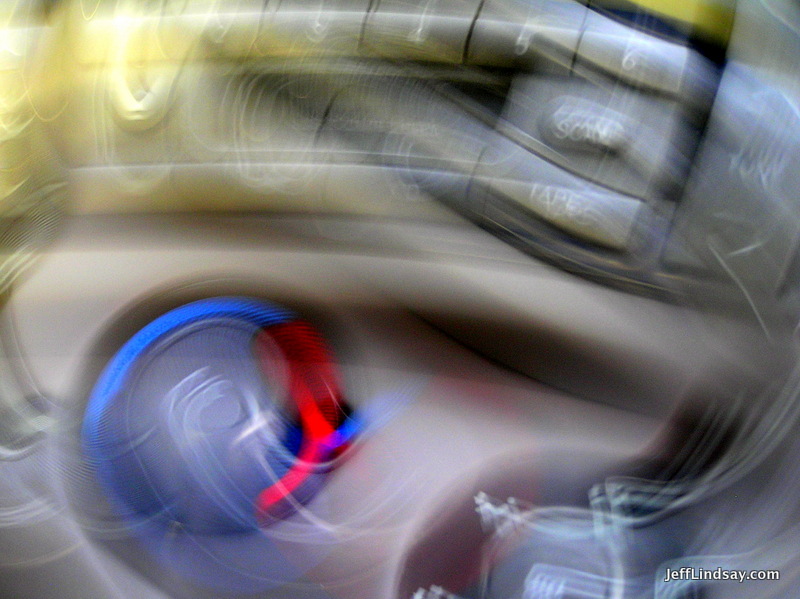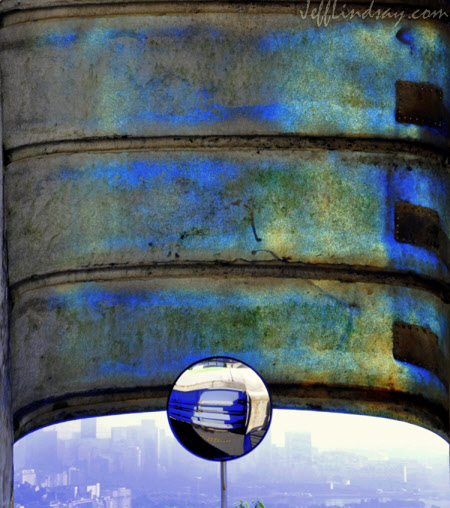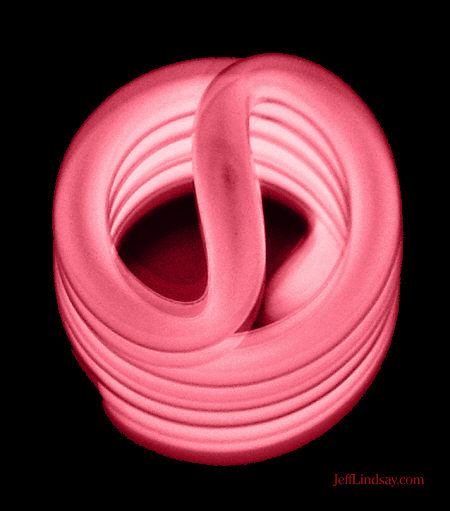The US Supreme Court recently ruled that “abstract” concepts are not eligible for patents. The 2014 case, Alice Corporation Pty. Ltd. v. CLS Bank Intl. or more simply Alice, is said by some to mean the death of thousands of patents if not entire industries. Critics such as Gene Quinn say it is unworkable, vague and indefinite, giving judges and enemies of patents a capricious tool to assault patents for software and other fields. One of the alleged problems with the Supreme Court’s ruling is that they expressly refused to define the word “abstract” because, of course, it is a very difficult word to define precisely for legal purposes. Greg Aharonian has expressed outrage over the “incompetence” of the Supreme Court in failing to even attempt to explain what they mean by “abstract.” IAM Magazine‘s blog warns of “potentially catastrophic effects” of the ruling. Even the calm and collected IP professor, Dennis Couch expresses concern that “there is no standard definition for ‘abstract’ and so it is difficult to identify abstract ideas from non-abstract ideas.” Many other IP experts and patent owners are up in arms because this allegedly adds confusion to patent law and gives judges a broad club to attack patents by merely calling them “abstract.” So much whining!
So how can you know if a claimed invention is “abstract” or not, when claim language invariably requires some degree of abstraction to describe the invention? OK, that’s a fair question, but there’s an easy answer thanks to the visual arts!
With a little artistic understanding, it is easy to predict precisely where the boundaries are for the hard-to-define term “abstract.” This is a case where art comes to the rescue. In my role as both a patent agent and an amateur artist, I can combine my skills to bring a little clarity. Students of art, especially the visual arts, know that artistic expression can capture and define concepts that cannot be precisely rendered by words alone and certainly not legalese.
The eye can often see what the pen cannot express. We should have learned this lesson decades ago in the debate over pornography. As Justice Potter Stewart once said, “I shall not today attempt further to define the kinds of material I understand to be embraced within that shorthand description; and perhaps I could never succeed in intelligibly doing so. But I know it when I see it.” This statement is from Jacobellis v. State of Ohio 378 U.S. 184, 197 (1964) and while decades old, it still applies brilliantly today. With that judicial framework, we can readily see that pornography is equivalent to the abstract in patent law. Yes, you can know it when you see it, and seeing is what we need to do now to understand the keen thinking of the Supreme Court on this topic. So let’s take a look and understand “abstract” based on abstract art, or more specifically, photographic abstracts selected from my own work, including collections of abstract photographic art. I think after a few examples you will better appreciate just where the boundaries are that separate “abstract concepts” from the concrete, tangible concepts suitable for patentable inventions.
Knowing It When You See It: Examples of Abstraction, Illustrated by Photography
Here I present a series of works from my abstract photographic art and discuss the nature of the abstraction.

The abstract above resembles abstract geometric concepts found in many paintings, almost cubist in flavor, but achieved using photography. I snapped a photo of a group of people inside the Wisconsin State Capital in Madison, Wisconsin, but using a slow shutter speed that resulted in blurring of many features. But you can recognize a black man with a baseball cap on the left. In his right hand is an iPod and you can see a white line representing the ear buds he is wearing. On the right side we see the side of a woman with a purse. Of course, while baseball caps, iPods, ear buds, and purses, like people themselves, are relatively tangible objects, in this context they are rendered less specific by the way in which they are captured or described, thereby creating abstraction from that which was initially concrete and specific. Let that be a lesson to patent drafters, by the way!
Here’s another with a related technique:

This abstract is based on the structures and controls of the front panel of a rental car. The camera was moved as I snapped the shot. Not a random mistake, but a deliberate effort to convert the concrete into the abstract by blurring and twisting. Of course, the limitations of language tend to do this to some degree to all inventions, no matter how tangible, as they are “blurred” and captured with the unsteady lens of a single patent claim. A little burring in inevitable, but this much blurring definitely turns the tangible into the abstract.
Now let’s consider abstraction without blurring:

This is a geometrical abstract wherein the elements (abstract circles and lines) from a physical structure dominate the image and create an abstraction. This essentially untouched photo was taken from the entrance of an abandoned shopping mall in Milwaukee, Wisconsin. The scene is drawn from the concrete–or rather, from metal beams, glass, and brick–but when viewed in this way, becomes a combination of abstract elements: circles and lines, rhythm and color. Clearly abstract. The silhouette derived from a remote tree reflected in glass at the bottom is an abstraction representing the intrusion of nature into artificial man-made realms. Don’t let the hint of a tree distract you from the abstract theme here. After all, anything derived a tree is a product of nature and thus unpatentable, according to the Supreme Court in their recent Mayo v. Prometheus decision, which served as a basis for the reasoning in the Alice decision.
Now it’s time for something trickier but still abstract.
This image shows a mirror and a section of translucent plastic roofing above a cable car stop on the way to a tall mountain overlooking Rio de Janeiro. The mirror and the roofing are tangible, distinct objects, as are the buildings in the background. But here the image celebrates the blues and greens in conjunction with arcs and circles. The mirror does not display the photographer, but another section of the building, and is a symbol of the failure to reflect upon one’s self, becoming lost instead in the haze of what we call civilization, even while standing next to a towering temple of nature (the unseen mountain). The mirror also punctuates the series of repeated curves of the roofing, like a grand period putting a stop to the rhythms of the sky, an abstract concept again reflecting the invasive nature of civilization. It’s all very abstract stuff, though individual components are tangible, just as patent claims may contain concrete elements such as servers, computers, and processors, but in the end create an overall impression in the mind of the viewer or judge that is decidedly abstract.
Now I turn to an abstraction that is linked to the whole concept of innovation and IP, the famous light bulb, but here an abstract version thereof.
This photo is little more than an abstract idea representing the concepts of “light emission” and perhaps “bulbs.” It was actually abstracted from a fairly specific and tangible device, a fluorescent light bulb, but with extreme photographic settings and color adjustment that removed much of what is concrete in favor of the abstract. Sure, you can argue that it has components that are somewhat tangible and concrete, but those of us who know the abstract when we see it have no trouble calling it such. It’s not a patent-worthy bulb. It’s just an embodiment of an abstract idea. Patent ineligible. I know it, because I, like any good judge, know it when I see it. Try proving me wrong! Or rather, just try proving a judge or patent examiner wrong when they see something abstract in your carefully claimed invention.
As you can see, the boundaries of “abstract” are surprisingly clear and easy to predict–and surprisingly difficult to evade. I hope this will help all those complainers worried about “uncertainty” from the Alice decision to appreciate the new kind of certainty that it gives. Good luck to all you inventors and small companies out there. May your patents be less abstract and more valuable in the future.
Originally posted at JeffLindsay.com as “Abstract Art to the Rescue of Abstract Patent Law: How to Know “Abstract†When You See It.”

